The occasion of the conference Towards a Culture for All, which will be held in the Salone di Cinquecento of Palazzo Vecchio in Florence next Tuesday, September 19, at 10 a.m., and which will deal with policies of access to culture, offers an opportunity to return to a topic that has been addressed several times in these pages, namely, the attendance of museums by young people.has been addressed several times on these pages, namely the attendance of museums by young people, where by the term “young people” could mean all people under 30 years of age. This is, notoriously, one of the most difficult audiences to approach, for a variety of reasons, well summarized in a research conducted in 2006 (but still very current on these premises) by the Province of Modena and the Fitzcarraldo Foundation: among the main ones, one can identify the perception of the museum as a place where one learns something and therefore as a sort of continuation of school (for a school-age child, going to the museum basically means extending the attendance of the classroom), the preference for other activities to which to devote one’s free time, the idea that the museum is an institution far removed from the needs of a young person and the consequent sense of alienation that a young person feels with regard to the museum, and again the idea that the museum is something stationary, immobile, and unwilling to update. It should also be added, as the research IBC Emilia-Romagna’s I giovani e i musei d’arte contemporanea (Young people and contemporary art museums ) has well pointed out, that when visiting a museum, young people privilege the social-relational dimension: this means that a young person is unlikely to visit a museum alone. Last but not least, another fact of some relevance: the fact that museum attendance is conditioned by the cultural level of the family.
Then it is necessary to insist on a point that has often been discussed, namely, the price of tickets: taking state museums as an example, it is true that the average cost in recent years has conspicuously increased (it has risen from an average of 5.1 euros in 2002 to 8.9 in 2021 for museums, while for archaeological sites the ratio is 5.3 versus 8.7, and even taking into account changes in purchasing power it would be as if in 2002 one had paid about 6.6 euros today), but the increases have not involved young people: until 2019, 18- to 25-year-olds enjoyed a 50 percent reduction on admission tickets to all state museums, and later, by a measure of then-Minister Bonisoli, a 2-euro ticket was introduced for all museums dependent on the Ministry of Culture. Teenagers and children under 18, on the other hand, enter all state museums for free. And many civic and private museums have adapted to the advantageous pricing policies promoted by the state to attract the under-25 audience. However, this is not the main obstacle to access: the latest ISTAT Cultural Statistics , which surveyed the reasons for not visiting museums (the data date back to 2016: Cultural Statistics, subsequently, no longer conducted research on the reasons), shows that the main obstacle is disinterest, which touches the highest values (close to 50 percent) precisely in the 18-19 and 20-24 age groups. Only about 8 percent of respondents believe that too high ticket price is the main reason for giving up (to be exact, 8.1 percent in the 18-19 bracket, 8.3 percent for the 20-24 bracket, and 9.4 percent for the 25-34 bracket: the age group in which the figure is highest, 12.7 percent, is the 35-44 age group). The young people who do not go to the museum simply because they are not interested (and who, it is worth repeating, make up about half of the total) are then joined by about 25 percent of young people who instead do not go because they prefer other ways to spend their time. In essence, it is clear that for three out of four young people , non-attendance stems from lack of interest in the museum.
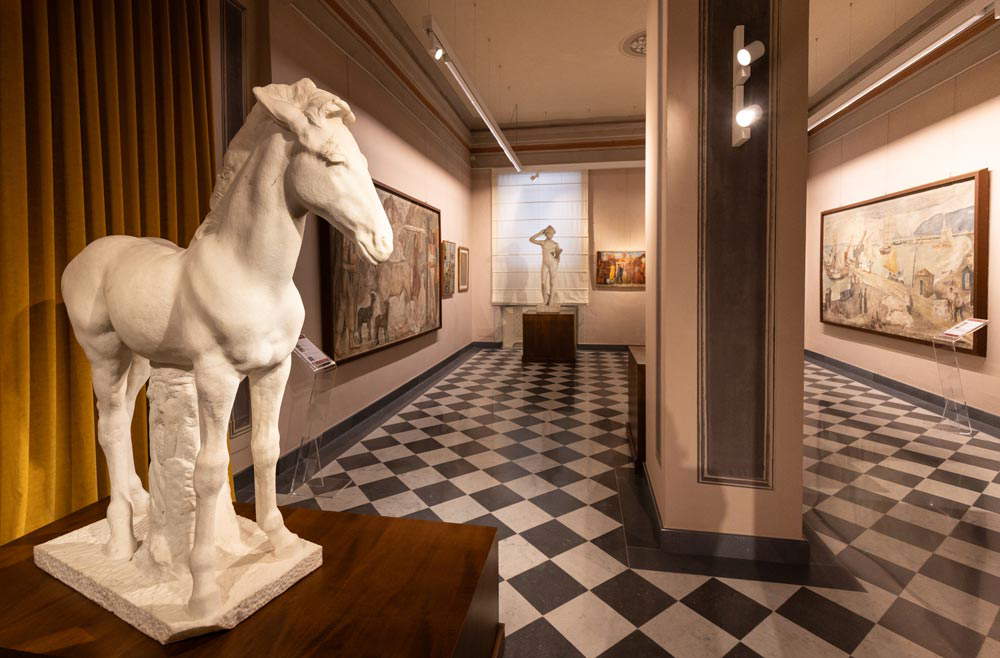
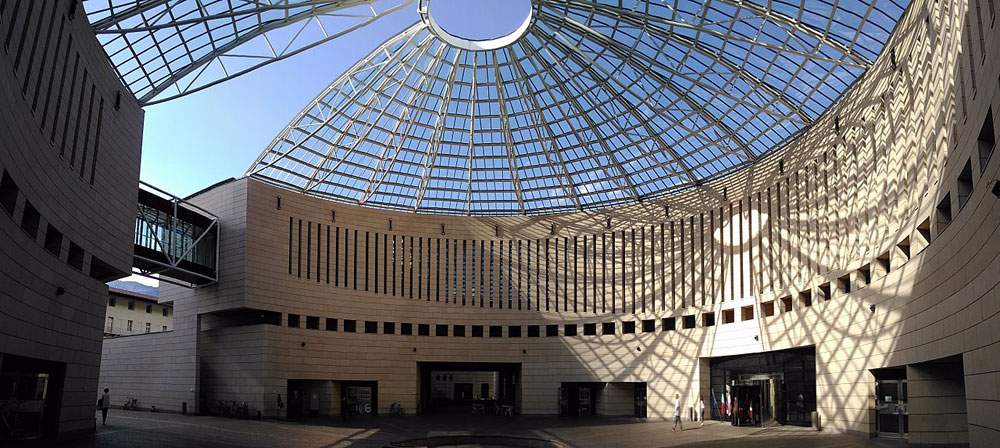
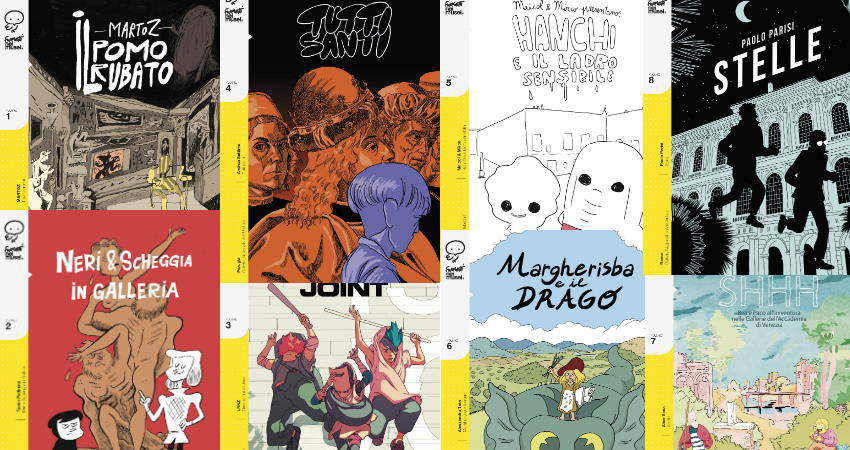
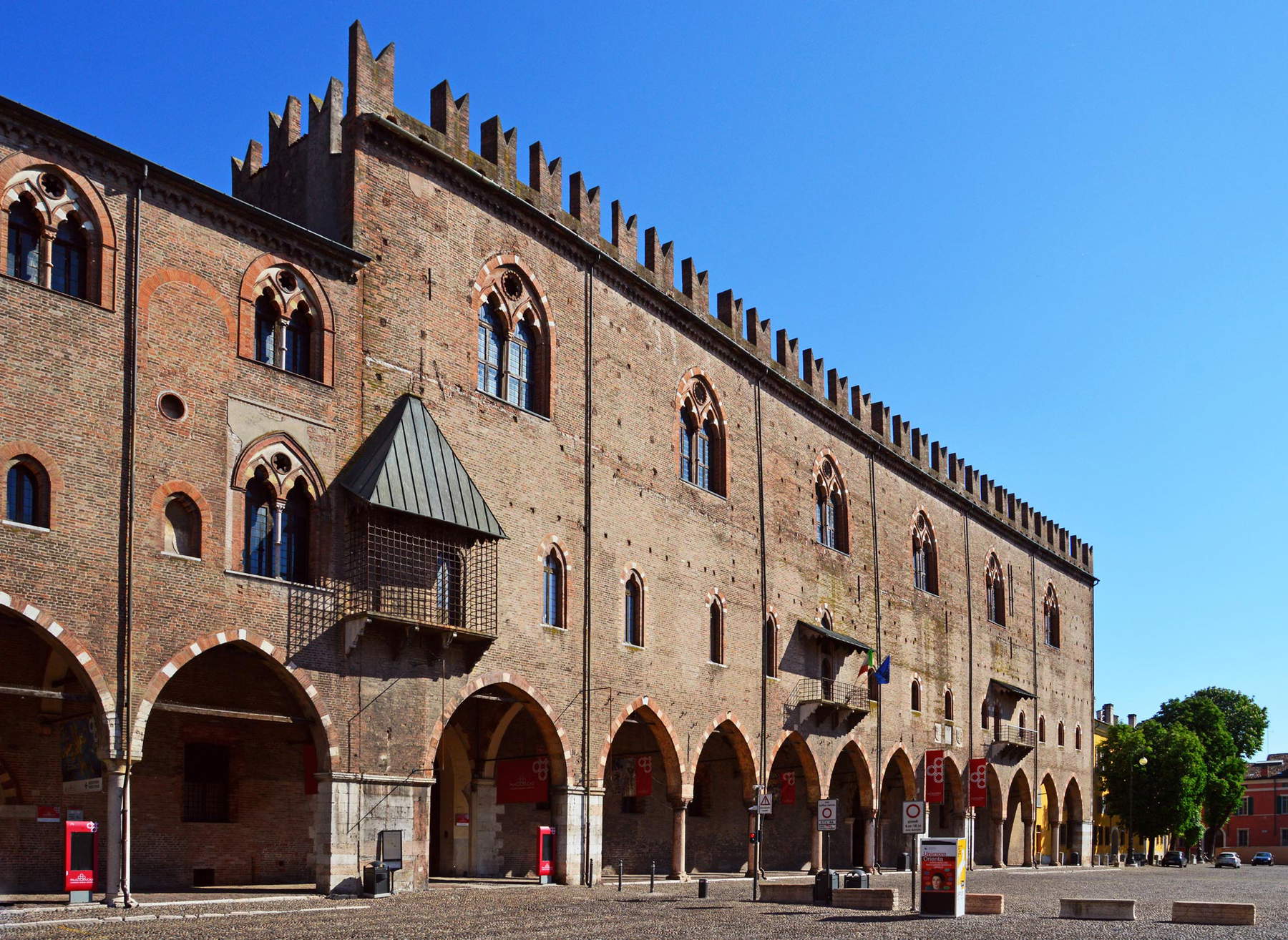

Usually, the person who facilitates the first contact between a young person and a museum, especially where the young person comes from a family not used to visiting museums, is the school: for this reason, it is essential that museums pay special attention to schools and are able to offer schoolchildren guided tours and activities that offer a perception of the museum other than that of the old-fashioned, asphyxiated, distant place as it usually appears in the eyes of adolescents and young people, as well as spaces and layouts that do not give young people the impression that the place they are visiting is an extension of the classroom where they spend five or six hours a day. A review of interesting case studies, without claiming to be exhaustive but with the idea of pointing out some good practices implemented by museums to bring young audiences together, can start right here: one could start with a private entity, the Giorgio Conti Foundation of Carrara, which for its exhibition venue(Palazzo Cucchiari) has decided this year to offer free admission to students of all schools of all levels, regardless of whether they visit the museum as part of a field trip or school outing, or on their own, with their friends or families. The example offered by the Carrarese foundation is worthy of attention, since school-age audiences constitute an important source of income for museums (cultural statistics from theIstat referring to 2021 show that “the highest share of ’strong’ users is found among 18-19 year olds,” and that 11-17 year olds visit museums in twice the proportion of the over-65 audience: 40.3 percent of 11- to 17-year-olds have visited at least one museum per year versus 20.8 percent of 65- to 74-year-olds). Perhaps it is then superfluous to insist on the ability of the museum to make itself attractive to young audiences and children, especially if the visit is accompanied by interesting activities: This is where the Trento and Rovereto MART sets the standard, often referred to as one of the most advanced Italian museums in the sector, by virtue of its education department, which works in an extremely engaging way, but also because visiting the Trentino museum gives the perception of entering a citadel of culture that is felt as one’s own by all citizens, regardless of whether they then visit the museum or not (the library is well-stocked, comfortable, modern, tidy, with large and welcoming spaces, extremely friendly staff, there is also a bar-restaurant of the highest quality, and the central location facilitates exchange with the city). Not to mention then the building itself: often the “container” becomes essential for the public to discover the content. Mention should be made, still in the northeast, of the Peggy Guggenheim Collection in Venice with its “Kids Day” formula: totally free workshops for children aged 4 to 10 every Sunday at 3 p.m. (in the meantime, parents are enticed to visit the museum). A good example then comes from the south: it is the Regional Museum of Messina, which regularly hosts walks, visits, treasure hunts organized especially for the little ones.
Again, Istat data provide the characteristics that, according to various age groups, are perceived as fundamental to a “good museum.” Young people (like the other age groups, but under 35 this element is very much felt) indicate, as the main characteristic, the presence of important and high quality works, with peaks of 64.1% in the 18-19 age group and 60.3% in the 20-24 age group (to give a term of comparison, the same element weighs 55.2% in the 60-64 age group and 53.7% in the 65-74 age group). In this case, two actions become essential: the first is simply to let people know what you have, perhaps choosing language that is suitable for younger people. What regular visitors take for granted may not be so for an audience that is not used to frequenting museums instead. In this case, it is worth pointing out, meanwhile, achoral initiative such as the Ministry of Culture’s splendid Comics in Museums , which each of the autonomous museums has been flanked by a comic book created by a major Italian author: it was an initiative that on our masthead we followed steadily, and which we then went over in an interview with its creator, Mattia Morandi, former head of the ministry’s press office. Some museums, such as the Palazzo Ducale in Mantua, have since decided to continue on their own: the institute in Piazza Sordello has even come up with a sort of comic book web-series dedicated to Isabella d’Este that is enjoying great success on social media.
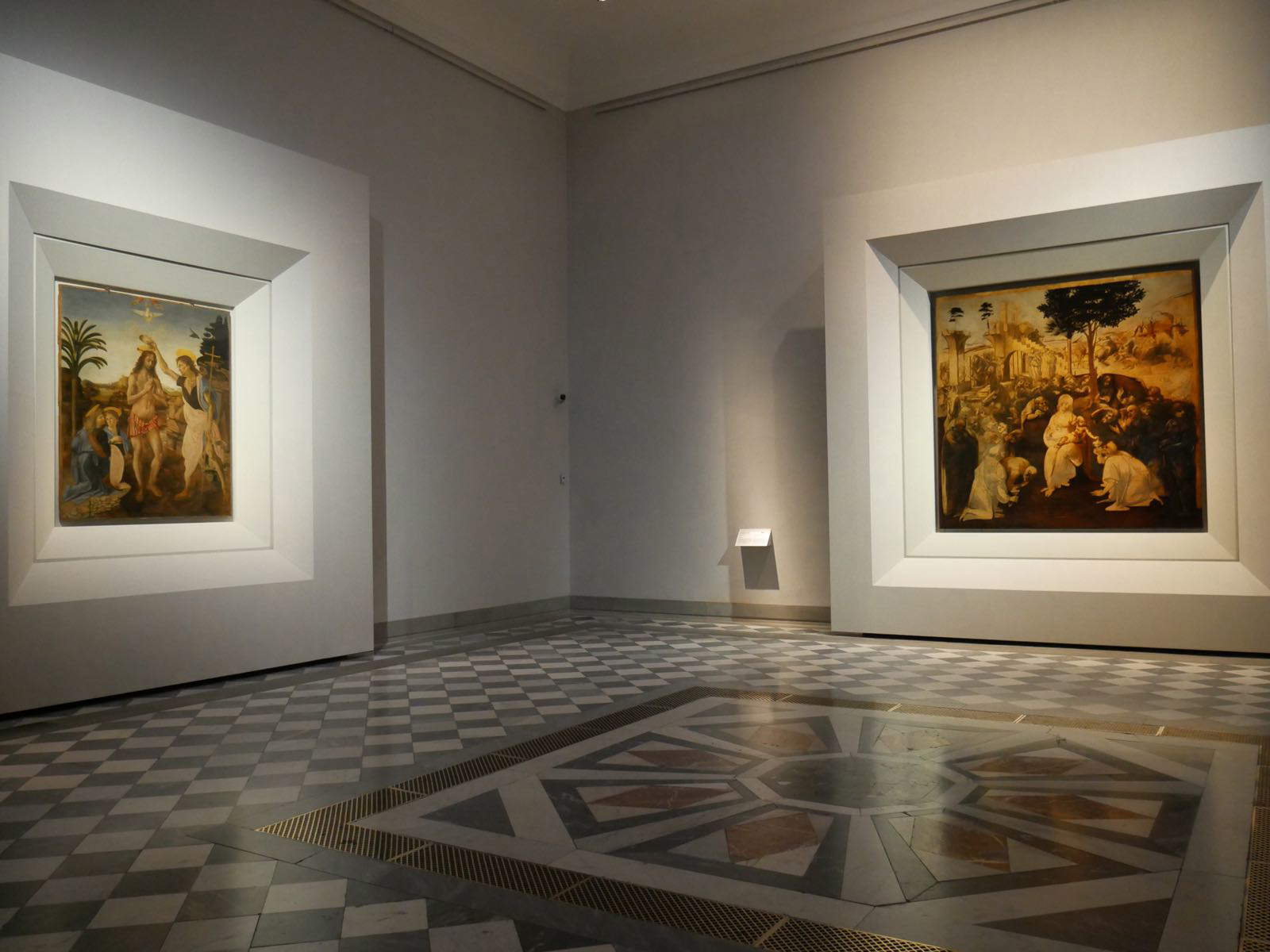
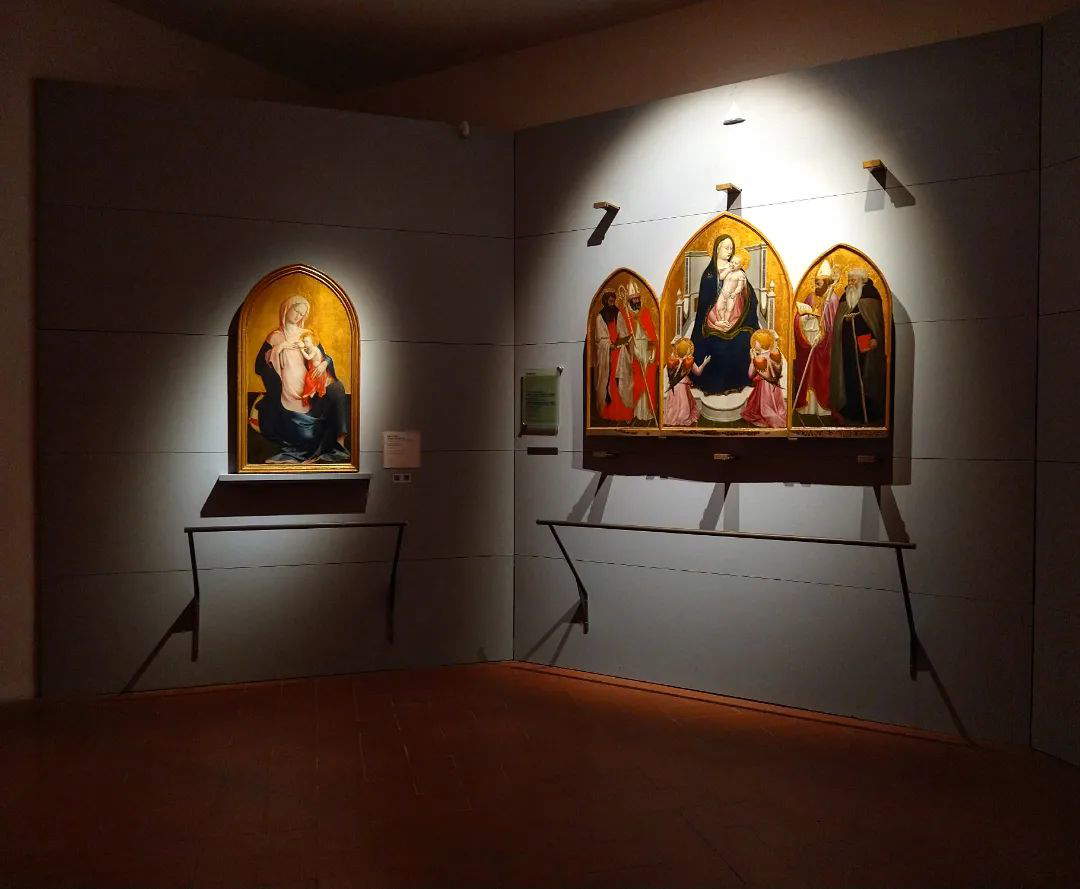
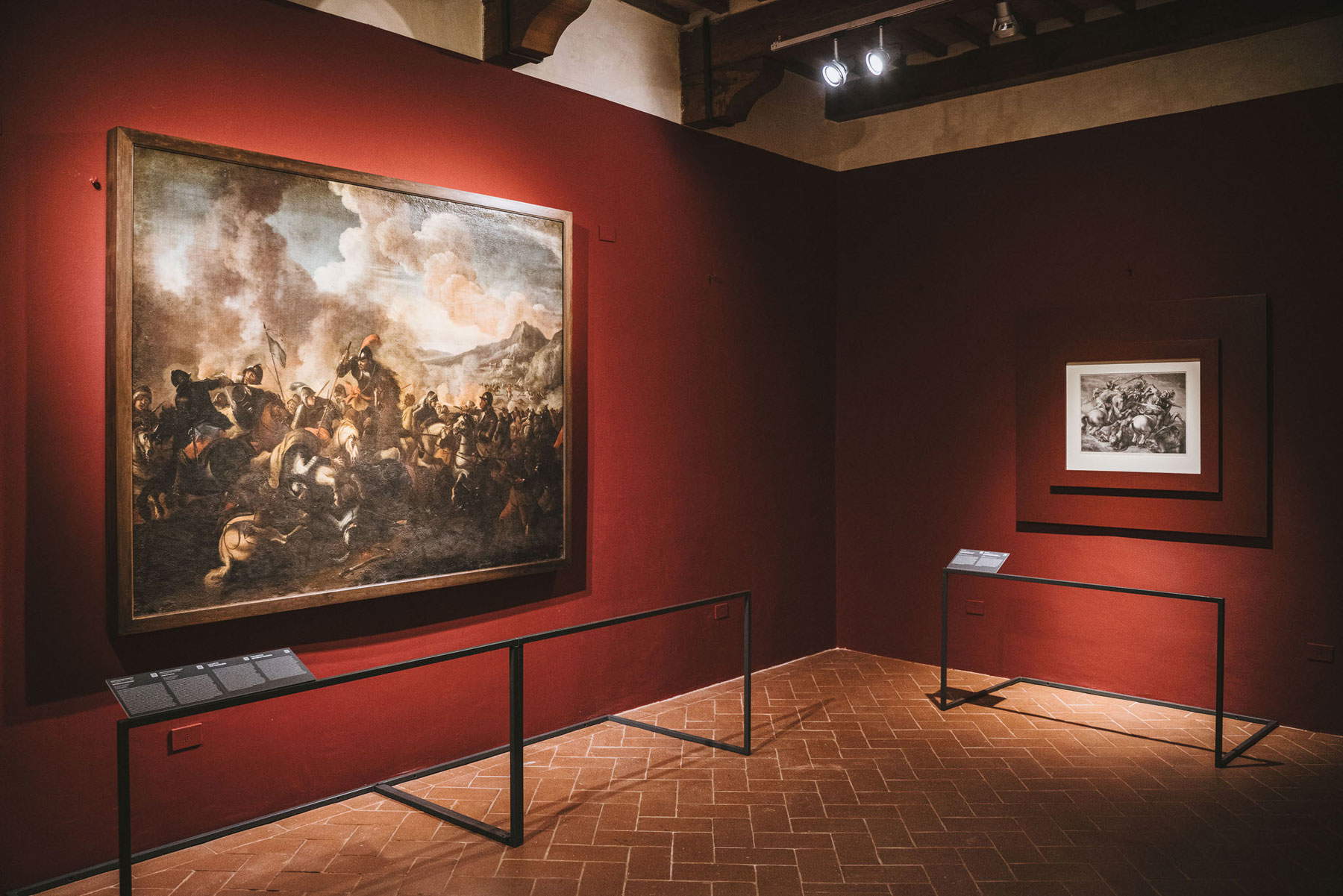
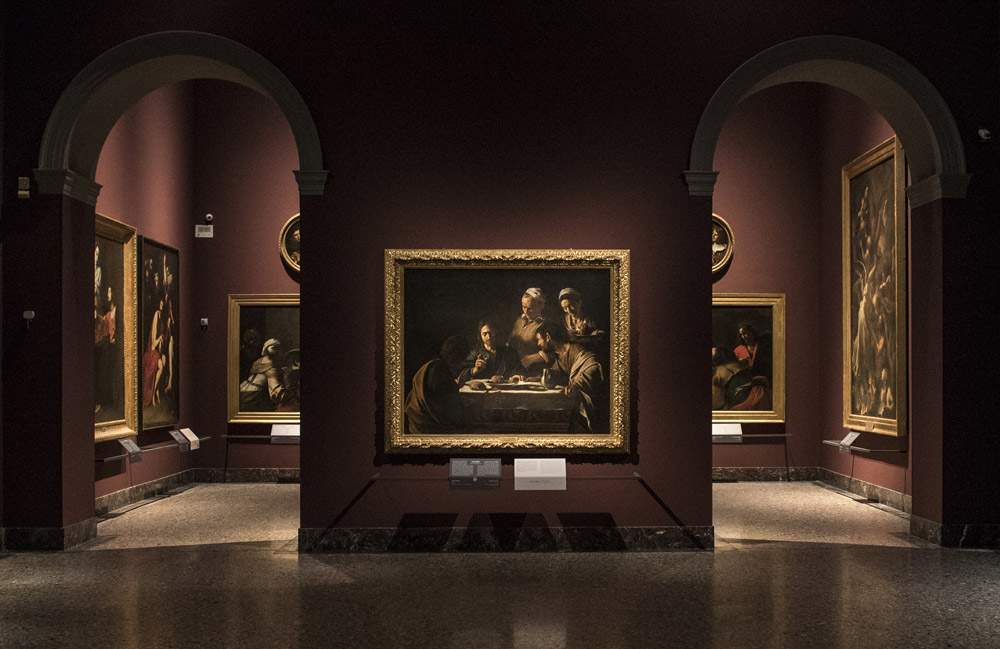

And then, to arouse the curiosity of young people, targeted campaigns can be useful, perhaps involving characters that teenagers and those under 30 are familiar with: come to mind the campaign that the museums of Bologna set up in 2018 with one of Italy’s most followed youtubers , Luis Sal (who can be considered on a par with an artist, due to the originality, forms and intelligent irreverence of his videos), to promote the card for access to theaccess to the museums themselves (an experience later repeated by Genus Bononiae for the Griffoni Polyptych exhibition), or even the campaign with The Jackal at the National Archaeological Museum of Naples, or the experiment that the Uffizi did with the young influencer Martina Socrates, called in for a live broadcast from the museum’s halls (director Eike Schmidt has repeatedly emphasized the beneficial effect that campaigns with network stars have had on the younger public). It goes without saying that if influencers are to be coionvolved, it will be necessary to turn to names that can guarantee a good return in terms of results, or to personalities who can offer quality communication. The Uffizi has also distinguished itself by its ability to be transversal: appearances on television programs devoted to sports, a press office that provides weekly stories that may not be usual but are able to arouse curiosity, and appeals to the participants of Firenze Rocks. If you want to arouse the curiosity of younger people, you need to think about breaking the mold.
The second action, however, is to collaborate so that there is constant exchange between the center and the periphery. It is again the Uffizi, in this case, that dictates the line with the highly successful Uffizi Diffusi project, which has not only proved to be a high-level cultural initiative with exhibitions of great value (it will suffice to mention the one on Masaccio in Reggello), but has succeeded in strengthening the ties between smaller museums and their communities, especially where the’occasion provided by the arrival of works from the great Florentine museum has been skillfully exploited by local museums to create interesting opportunities for in-depth study (among the most consistent is the Museum of the Battle of Anghiari, which, moreover, already has a good program of activities for young people, and which has recorded double-digit increases in visitors).
Again, particularly heartfelt is the presence of clear and engaging presentations (essential for 49.9% of 15-17 year olds, 47.9% of 18-19 year olds and 48.4% of 20-24 year olds versus, for example, 32.6% of 65-74 year olds and 23.9% of those over 75) and welcoming spaces (15-19 year olds are the only ones to exceed 20%). Beyond the great classics such as the Egyptian Museum in Turin or the Museum of Science and Technology in Milan, perhaps the most suitable example in this regard is the Pinacoteca di Brera by virtue of its elegant layout, where the apparatuses are present but not invasive, and where multiple routes have been designed according to the type of audience (one even for the youngest, as is often the case in museums). Another museum that is often cited as an example for the very engaging route is the Museo del Duomo in Florence, not only because of the capital works it holds and the way they are presented, but also because of the grandeur of the reconstructions (just think of the Sala del Paradiso where the first façade of Santa Maria del Fiore is re-enacted) and the effectiveness of the rooms dedicated to the history of architecture. Still in Florence, Palazzo Strozzi also deserves a mention: it is true that the institute often focuses on attractive exhibitions, but it does so by always designing high-impact displays and with activities and initiatives designed for various types of audiences. In Rome, on the other hand, it is hard not to think of Montemartini power plant or Galleria Borghese as examples of museums that can be extraordinarily engaging for an under-30 audience.
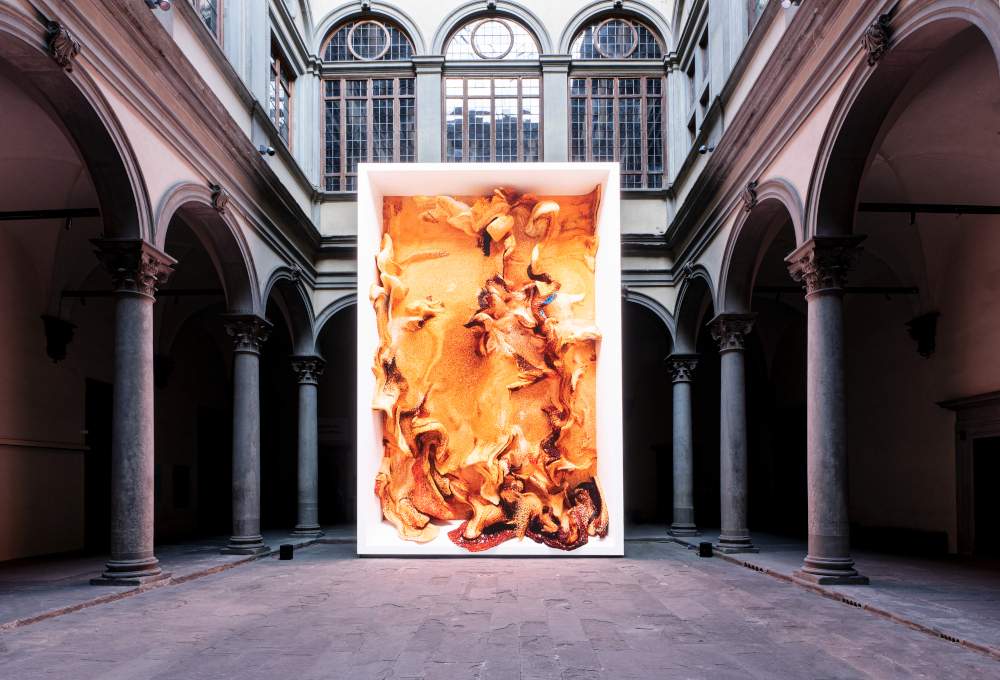
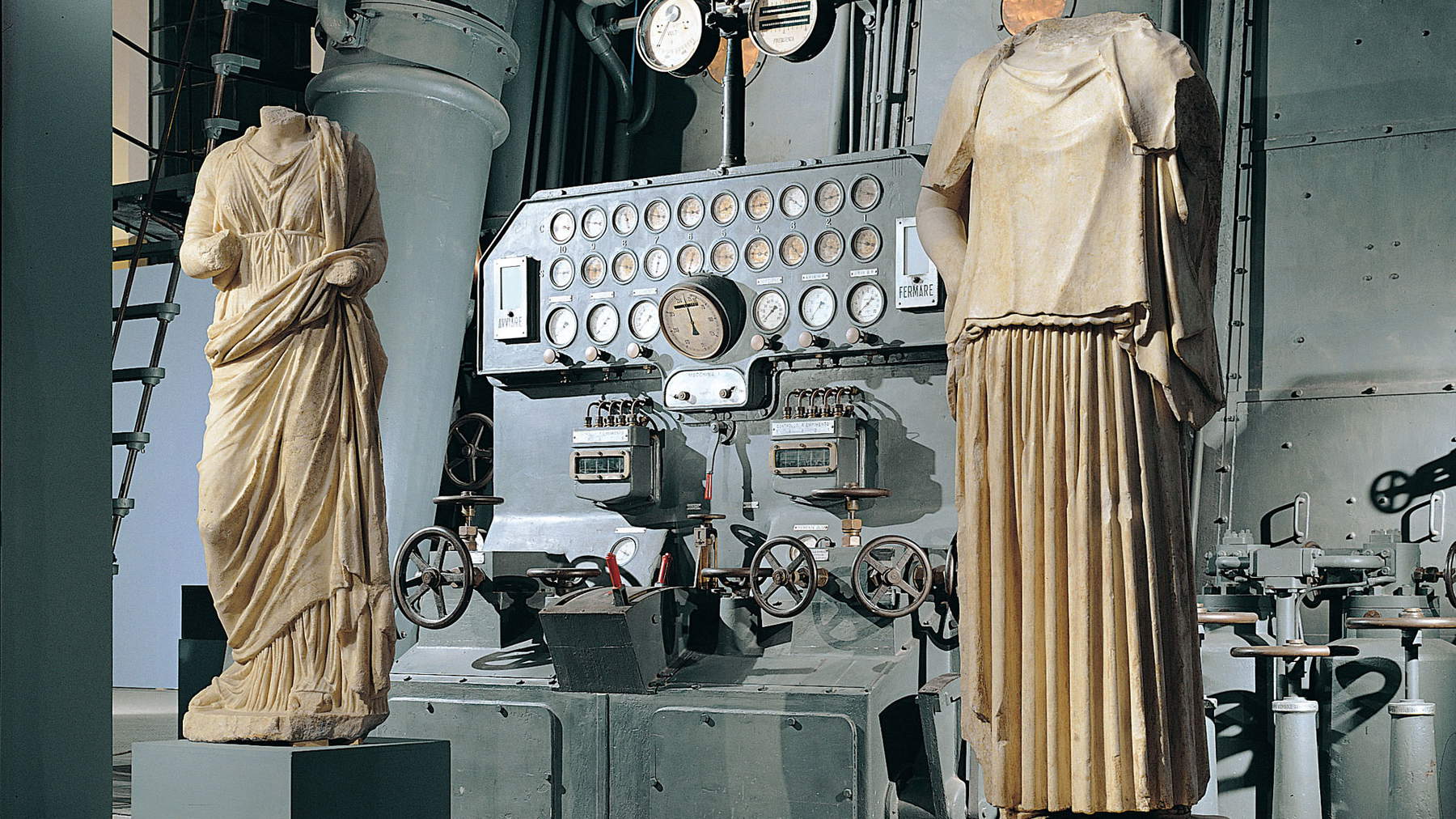
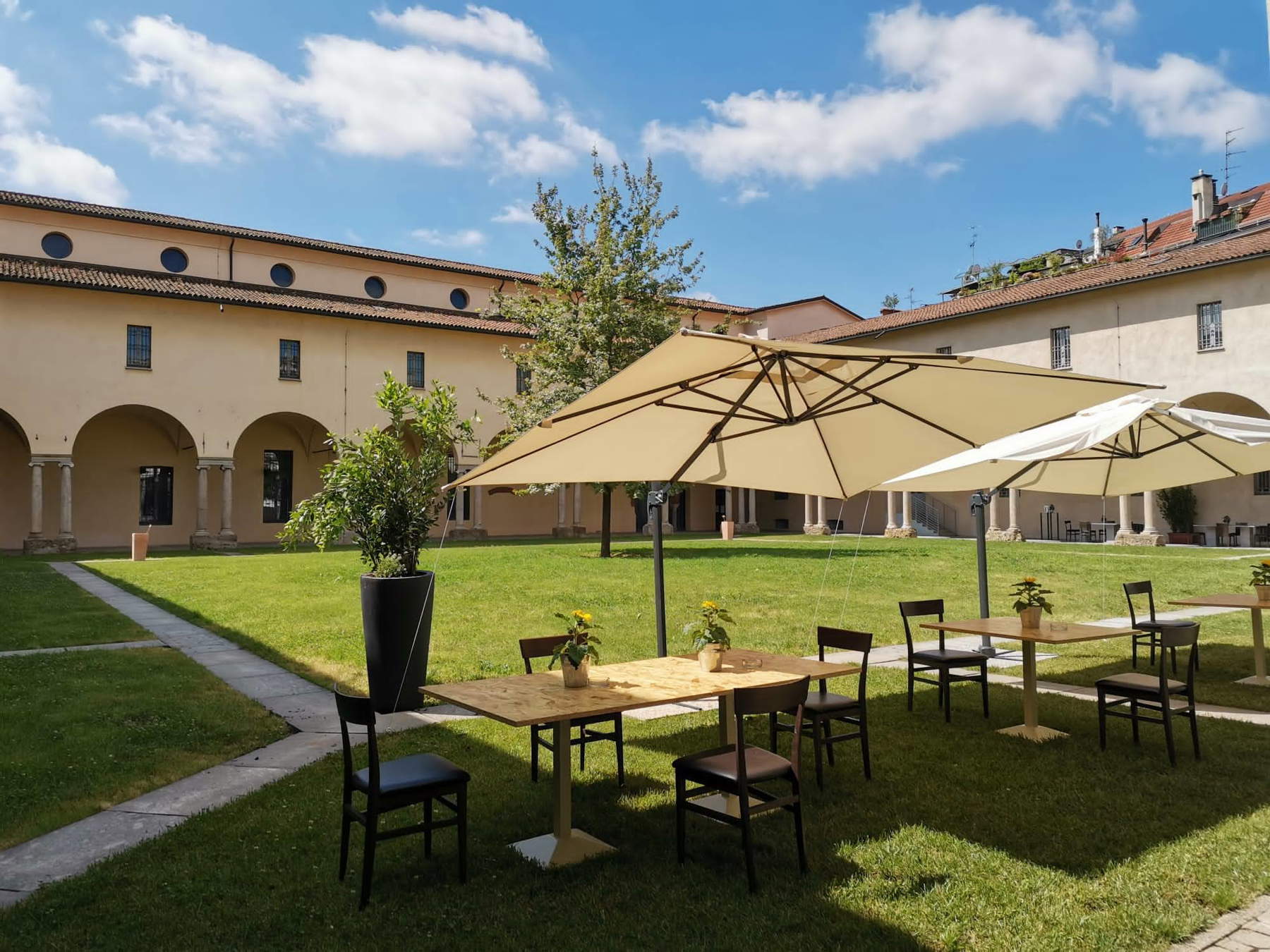
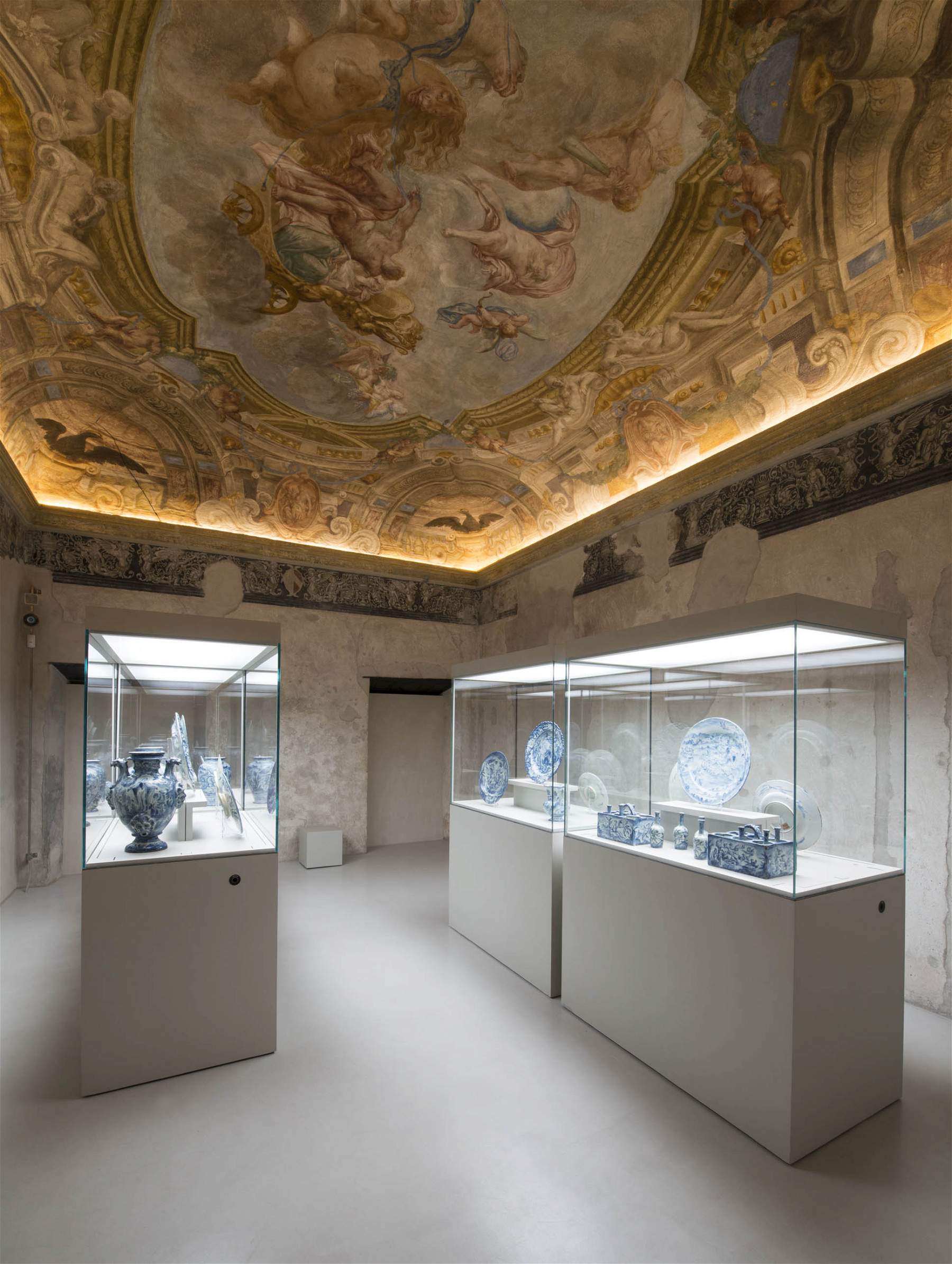
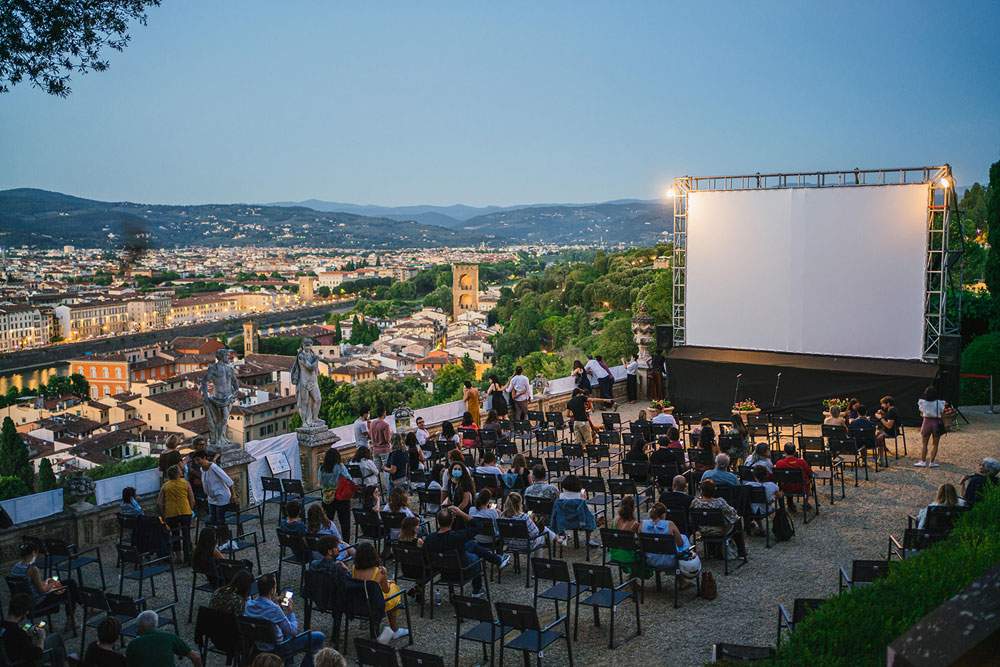
And thinking about ways to engage an audience of young people, it is impossible not to devote attention precisely to the long chapter of initiatives, which are important for 19.1 percent of the 18-19 age group and 17.4 percent of the 20-24 age group (almost twice as important as the over-35 age group). There are several examples to imitate in this regard, starting with the Diocesan Museum in Milan , which constantly organizes aperitifs at the museum, which have also become part of theinstitution’s stable offer: this summer, the Milanese museum gave visitors the opportunity, every day from 5:30 p.m. to 10:30 p.m., to have an aperitif at the cloister bistro and, together, to visit the exhibition dedicated to Robert Doisneau. Mention should be made of the clever idea of organizing exhibitions that focus on a language that young people particularly like, that of photography, even if not strictly related to sacred art: the public appreciated it, and for years now the initiatives of the Diocesan Museum of Milan have been finding increasing success with the public of twenty- to thirty-somethings. It may be said that the Milanese institute is facilitated by the presence of a large open-air space: however, it is not certain that even museums that do not have such a space cannot initiate cross-cultural activities that approach a young audience. Among the most interesting episodes in recent years is the Tastin’ Paintings event, curated by art historian Luca Bochicchio, current curator of the Museum of Ceramics in Savona, and oenologist Jacopo Fanciulli: a tasting of three quality wines juxtaposed with as many museum paintings to combine the olfactory and gustatory sensations of the grape nectar with the visual ones aroused by the paintings, with a small (and, again, mostly young) audience. It is precisely the Savona Ceramics Museum that has distinguished itself for the many initiatives, often non-trivial, aimed at involving young people: pottery workshops where one can learn the ancient art of the earth (and take home the fruits of one’s labor), guided tours by young people for young people, evening openings, even a hackathon in which fifty young people, selected out of 180 applications, were involved in developing strategies for enhancing the museum. It goes without saying that the just-mentioned evening openings are of paramount importance in attracting a public that likes to move after dinner: on these pages we have long been advocating that openings until evening hours (and, why not, even late into the night!) stop being episodic initiatives and become a constant feature of museum offerings (the main obstacles are union and bureaucratic: nothing, therefore, that cannot be circumvented without too much difficulty). As for cross-cultural initiatives, the open-air cinema at Villa Bardini in Florence, an initiative much appreciated by locals, deserves a mention. But in general wherever a museum decides to turn into an open-air cinema in the summer, it has an easy way to success: one can cite the cases of the Santa Giulia Museum in Brescia, the Museo del Novecento in Florence, or even the Diotti Museum in Casalmaggiore, a small museum dedicated to a great neoclassical artist, which with the open-air cinema has scored extraordinary results. Finally, worth mentioning are the museums that have organized dj-sets by having suitable spaces to do so (either outdoors, or in large classrooms where there are no works: the Mambo in Bologna has proven to be one of the most interesting museums for this kind of event, during which it always registers a full house).
These are all initiatives that have one trait in common: they make museums social places. That is, living places, places that invite participation, places that inspire repeated returns. Young people hate to experience the museum as a place where they have to feel obligated to learn something. Conversely, the more they feel the museum as a place close to them, as a place that can be perceived as their own, the more spontaneous their presence will become. This is perhaps the direction that a museum that wants to approach an audience under the age of 30 should take into consideration.
Warning: the translation into English of the original Italian article was created using automatic tools. We undertake to review all articles, but we do not guarantee the total absence of inaccuracies in the translation due to the program. You can find the original by clicking on the ITA button. If you find any mistake,please contact us.